MODE OF ACTION
The fungus Trichoderma harzianum occurs naturally in the soil. Trichoderma harzianum characteristically overgrow pathogenic fungi and lives with them. The Trichoderma harzianum will flourish in organic medium and assist breaking these down. Trichoderma harzianum will follow root growth giving protection against various soil borne diseases.
COMPATIBILTY
Trichoderma harzianum can be mixed with copper-based fungicides at recommended dosages.
Not to be mixed with other fungicides and or sterilizers.
DIRECTIONS FOR USE
Use only as indicated.
Use good quality water / chlorine free water.
5ml / 1l of water.
Add 1% molasses to contents of tank – optional.
Water pH should be pH 6 – 7.
Add suspension to water of the spray tank while agitating tank constantly.
For use on ornamentals, flowers, trees and garden crop- vegetables & herbs.
APPLICATION
Seedling treatment use a 5l watering can to cover 10 seedling trays. For seed treatment put the seeds into a handkerchief and emerge seeds in the 4ml per 1L water mixture for 15 minutes. Spread the opened mutton cloth with the seeds on a surface that does not get direct sunlight but will allow fast drying of seeds. Plant seeds soon after.
Soil drench application, dilute 5ml with 1L water to cover 10 m2 (square meter).
Apply as a soil drench to seedbed or seedling trays, make sure the soil has been wet thoroughly before applying to the soil
PRECAUTIONS
Handle with care. Keep away from children and uninformed persons. Store in a cool and dark place away from food and foodstuffs.
A good personal hygiene will limit risks of irritation and flowing from the irritation a possible inflammation.
Prevent inhalation of spray mist. ·Wash hands after use and before eating, drinking and smoking. ·In case of eye contact rinse eyes with clean running water for at least 15 minutes. Clean applicator after use and dispose of wash water where it will not contaminate crops, grazing, rivers and dams. Do not apply directly to water or areas where surface water is present. ·Rinse empty container three times with a volume of water equal to at least one tenth of that of the container and add the rinsing’s to the contents of the spray tank before disposing of the container in the prescribed manner. Do not use container for any other purposes. Prevent contamination of food, feeds, drinking water and eating utensils.
TARGET DISEASES
Alternaria spot
Cucumber Wilt
Scab
Black Scuff
Dead arm
Silver scurf
Blossom Blight
Fusarium dry rot
Stem canker
Botrytis rot
Phythium
Stem rot
Brown rot
Phytophtora
Stinking smut
Calyx-end rot
Pink root
Take all
Common scab
Root rot & Collar rot
White bulb rot
* Extend the life of product much further by keeping in a cool and dark place. Refrigerator can even further extend the life.
More info:
Trichoderma is a genus of fungi that is commonly used as a biological control agent against various plant pathogens, including Fusarium, a group of fungi known to cause serious diseases in a wide range of plants. Trichoderma species, such as Trichoderma harzianum and Trichoderma viride, are known for their ability to suppress Fusarium through several mechanisms:
Mycoparasitism: Trichoderma can directly attack and parasitize Fusarium fungi, breaking them down and feeding on them.
Competition: Trichoderma competes effectively for space and nutrients, often outcompeting Fusarium in the soil and root environments.
Induced Resistance: Trichoderma can stimulate the plant’s own defense mechanisms, making it more resistant to Fusarium infection.
Antibiosis: Trichoderma produces antibiotics that are harmful to Fusarium, inhibiting its growth and spread.
Using Trichoderma as part of an integrated pest management (IPM) strategy can be highly effective in controlling Fusarium. It’s often applied as a soil amendment or seed treatment. When using Trichoderma products, it’s important to follow the manufacturer’s instructions regarding application rates and methods to ensure the best results.
Remember, while Trichoderma can significantly reduce Fusarium problems, it’s also important to employ good cultural practices, such as crop rotation, proper irrigation, and soil health management, to manage Fusarium and other soil-borne diseases effectively.

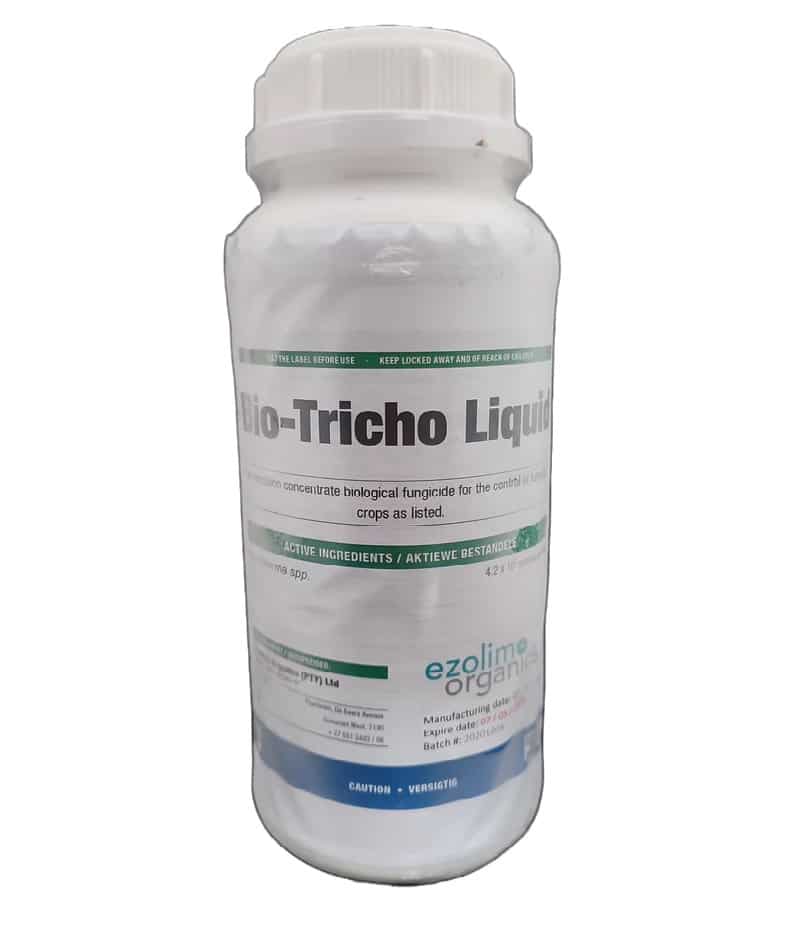

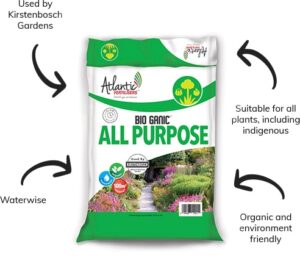
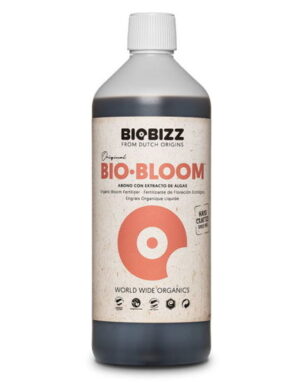
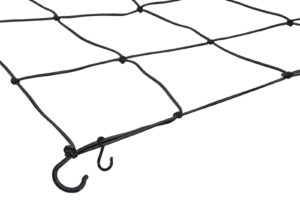
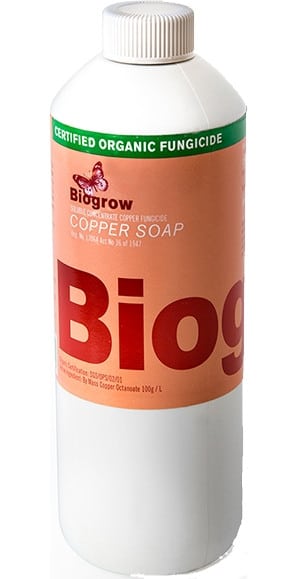

Reviews
There are no reviews yet.